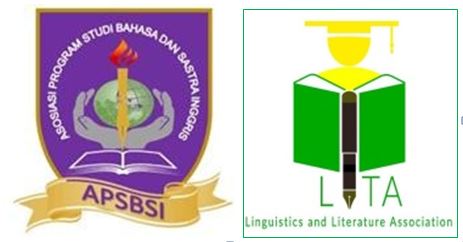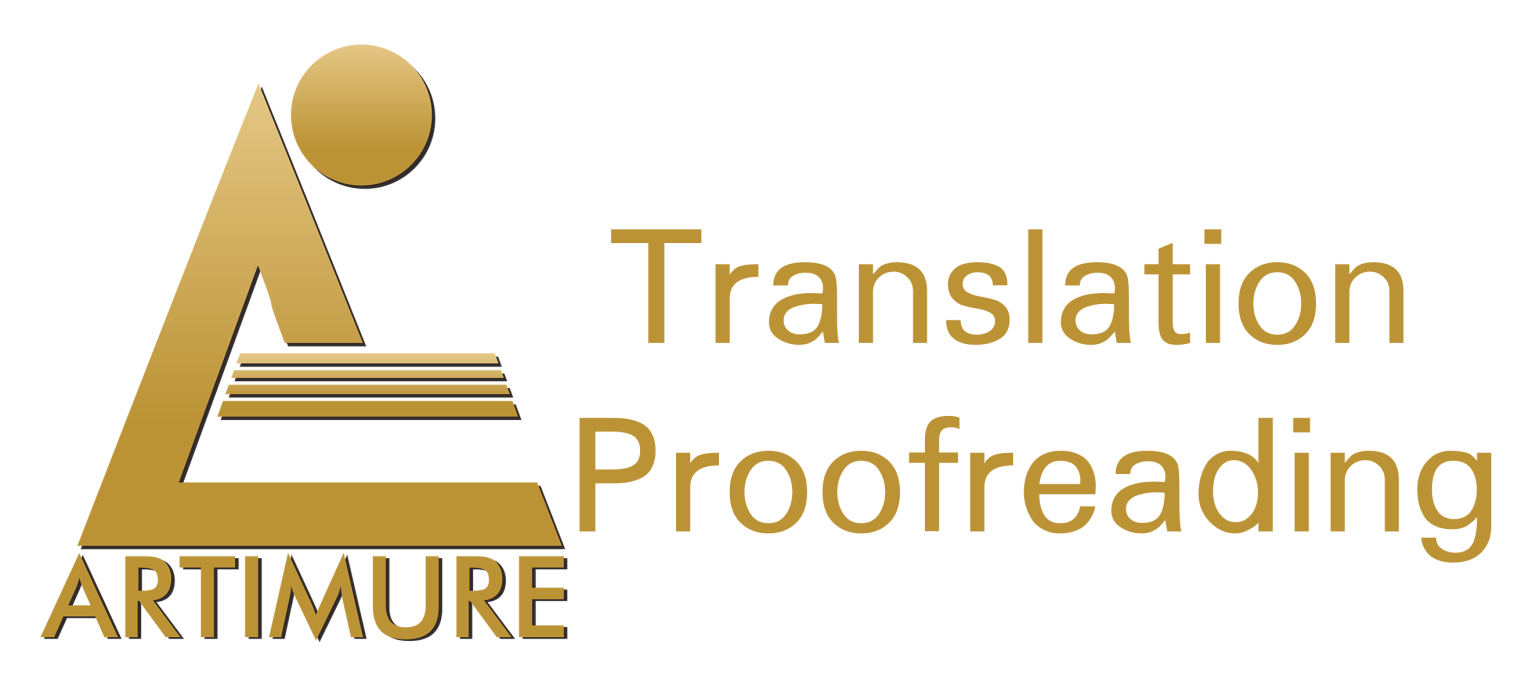Improving Reading Insights on Web Contents Based: A Survey on the Strategies Used by EFL Students
DOI:
https://doi.org/10.31849/utamax.v1i2.5576Keywords:
Students Strategies, Reading Web Content, Global Reading Strategies, Problem Solving Strategies, Support Reading StrategiesAbstract
Implementing strategies of content chosen on the internet is a core aspect of achieving goals in expanding reading material. This study aims to investigate what are the strategies used by students on extending reading web content. This research is in the form of a survey at the English Department, Faculty of Teacher Training and Education, Universitas Lancang Kuning. There were 95 out of 126 EFL students selected randomly as participants from reading class. A set of Likert-scale questionnaires, adopted from Mokhtari and Reichard (2002), was used to collect the data. It consisted of 30 questions divided into three strategies: Global Reading Strategies, Problem Solving Strategies, and Support Reading Strategies. To answer the research questions, descriptive statistics (SPSS 16) were used to analyze EFL students’ strategies on extending reading web content questionnaires. The findings reveal that students' dominant strategy is the Problem Solving Strategies got from the mean score of 4.11 and a Standard Deviation of 0.98. It can be categorized into a high level. It means that the majority of students have a homogenous strategy for extending reading web content. The study also reveals that students believe that the content on the internet somehow is the right source of learning. Therefore this study highlighted that students have implemented a reading strategy to make them easier to understand a text's contents.
References
Chun, D. (2010). CALL technologies for L2 reading post web In N. Arnold & L. Ducate (Eds.), Present and future promises of CALL: From theory and research to new directions in language teaching (pp. 131–170). San Marcos, TX: CALICO.
Coiro, J. (2003). Exploring literacy on the internet. The Reading Teacher, 56(5), 458–464.
Creswell, J. W. (2012). Educational Research: Planning, Conducting and Evaluating Quantitative and Qualitative Research (4th ed.). USA: Pearson Education, Inc.
Creswell, J. W. (2014). Research Design: Qualitative, Quantitative, and Mixed Methods Approaches (4th ed.). London: Sage Publications Ltd.
Marpaung, A. P., Yanti, I., & Marzuki, Y. (2019). Developing Students’ Reading Comprehension Using STAD Strategy: A Classroom Action Research at SMA Negeri 7 Pekanbaru. REiLA : Journal of Research and Innovation in Language, 1(1), 10-16. https://doi.org/10.31849/reila.v1i1.2775
Ebner, R. J., & Ehri, L. C. (2013). Vocabulary learning on the Internet: Using a structured think-aloud procedure. Journal of Adolescent & Adult Literacy, 56(6), 480–489.
Fountas, I. & Pinnell, G. (2012). Comprehension Clubs. New York: Scholastic.
Guo, S. (2012). Using authentic materials for extensive reading to promote English proficiency. In English Language Teaching. Retrieved November 25, 2012, fromhttp://www.ccsenet.org/journal/index.php/elt/article/view/18851/12442
Huang, H., Chern, C., & Lin, C. (2010). EFL learners’ use of online reading strategies and comprehension of texts: An exploratory study. Computers & Education, 52(1), 13–26.
Budianto Hamuddin, B. (2016). Using blog to Promote English Skills for EFL Students: The Students’ Perception. Jurnal ELT-Lectura, 3(2), 22-27.
Jusoh and Abdullah (2015), Online Survey of Reading Strategies (OSORS): Students’ Online Reading in Academic Context. Malaysian Journal of Distance Education 17(2), 67-81
Leu, D. J., & Reinking, D. (2010). Final report: Developing Internet comprehension strategies among adolescent students at risk to become dropouts. U.S. Department of Education, Institute of Education Sciences Research Grant.
Leu, D. J., McVerry, J. G., O’Byrne, W. I., Kiili, C., Zawilinski, L., Everett- Cacopardo, H., Kennedy, C., & Forzani, E. (2011). The new literacies of online reading comprehension: Expanding the literacy and learning curriculum. Journal of Adolescent & Adult Literacy, 55(1), 5–14.
Nofita, N. S. G., Yudar, R. S., & Nursafira, M. S. (2019). Exploring Quantity and Diversity of Informal Digital Learning of English (IDLE): A Review of Selected Paper. Utamax: Journal of Ultimate Research and Trends in Education, 1(1), 1-6.
Park, H.-R., & Kim, D. (2011). Reading-strategy use by English as a second language learners in online reading tasks, Computers & Education, 57, 2156– 2166.
Poole, A., & Mokhtari, K. (In Press). ESL Students' Use of Reading Strategies When Reading Texts Online and in Print. In K. Mokhtari & R. Sheorey, R. (Eds.). Studies in First and Second Language Reading Strategies. Christopher-Gordon Publishers.
Richards, J. S., and Schmidt, R. (2010). Longman Dictionary of Language and Teaching Applied Linguistics (4th ed.). Great Britain: Pearson Education Limited
Silva, J. P. (2006). Extensive reading through the Internet: Is it worth the while? International Journal of English studies, 9(2), 81-92.
Tabatabaei, M., & Gui, Y. (2011). The impact of technology on teaching and learning languages. In A. Méndez-Vilas (Ed.) Education in a technological world: communicating current and emerging research and technological efforts (pp. 513- 517). Retrieved from http://www.formatex.info/ict/bo ok/isbn-contents.pdf.
The Jakarta Post, (2015). In Indonesia, the number of internet users has reached 73 million people, or 295 of the population. Retrieved from: https://www.thejakartapost.com/news/2015/03/10/internet-users-indonesia-reach-73-million.html
Trung Ngoc Dao (Dao, T. N. (2014): Using Internet Resources for Extensive Reading in an EFL Context: Hawaii Pacific University TESOL: Working Paper Series, 12, 72-95. (P.72)










